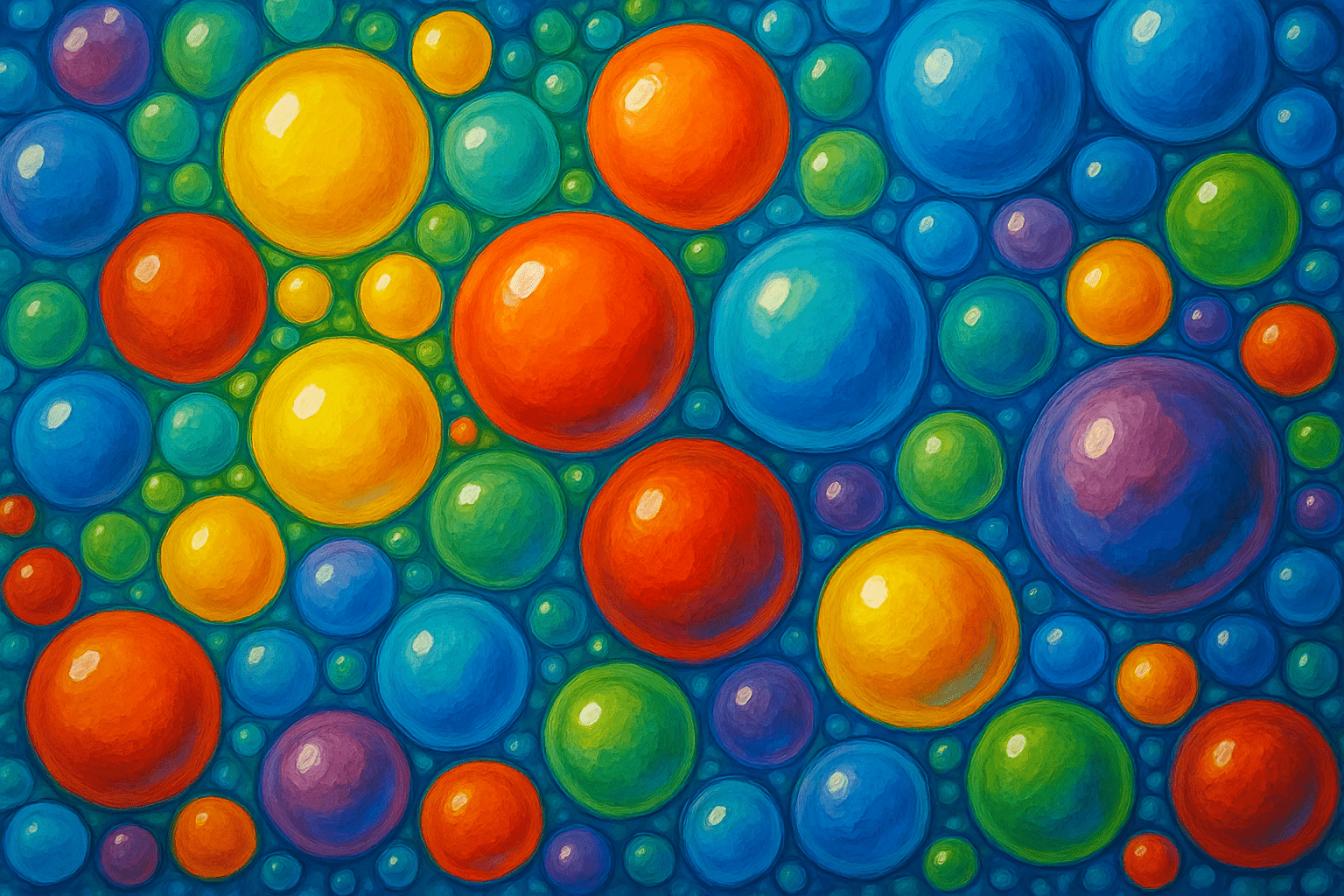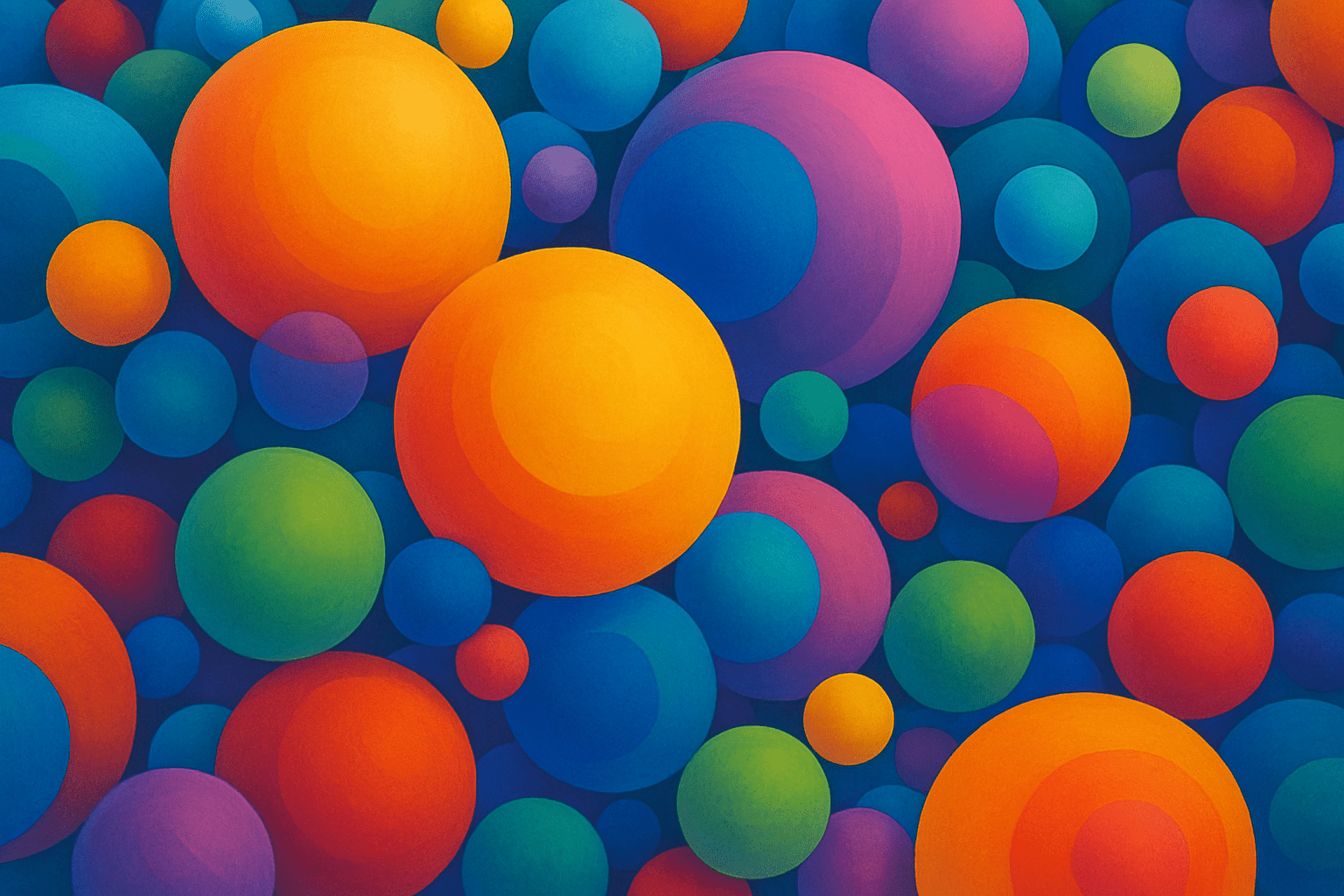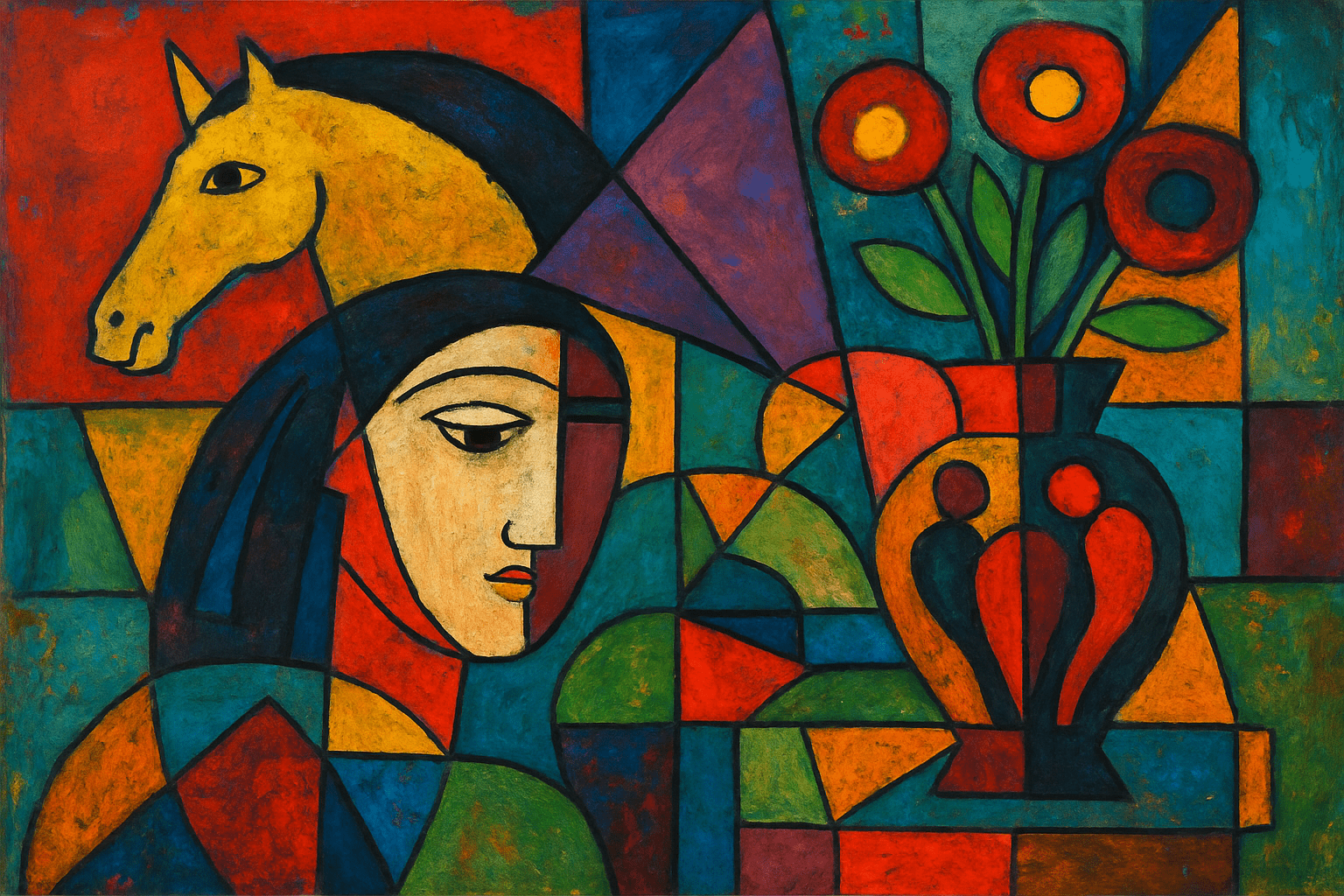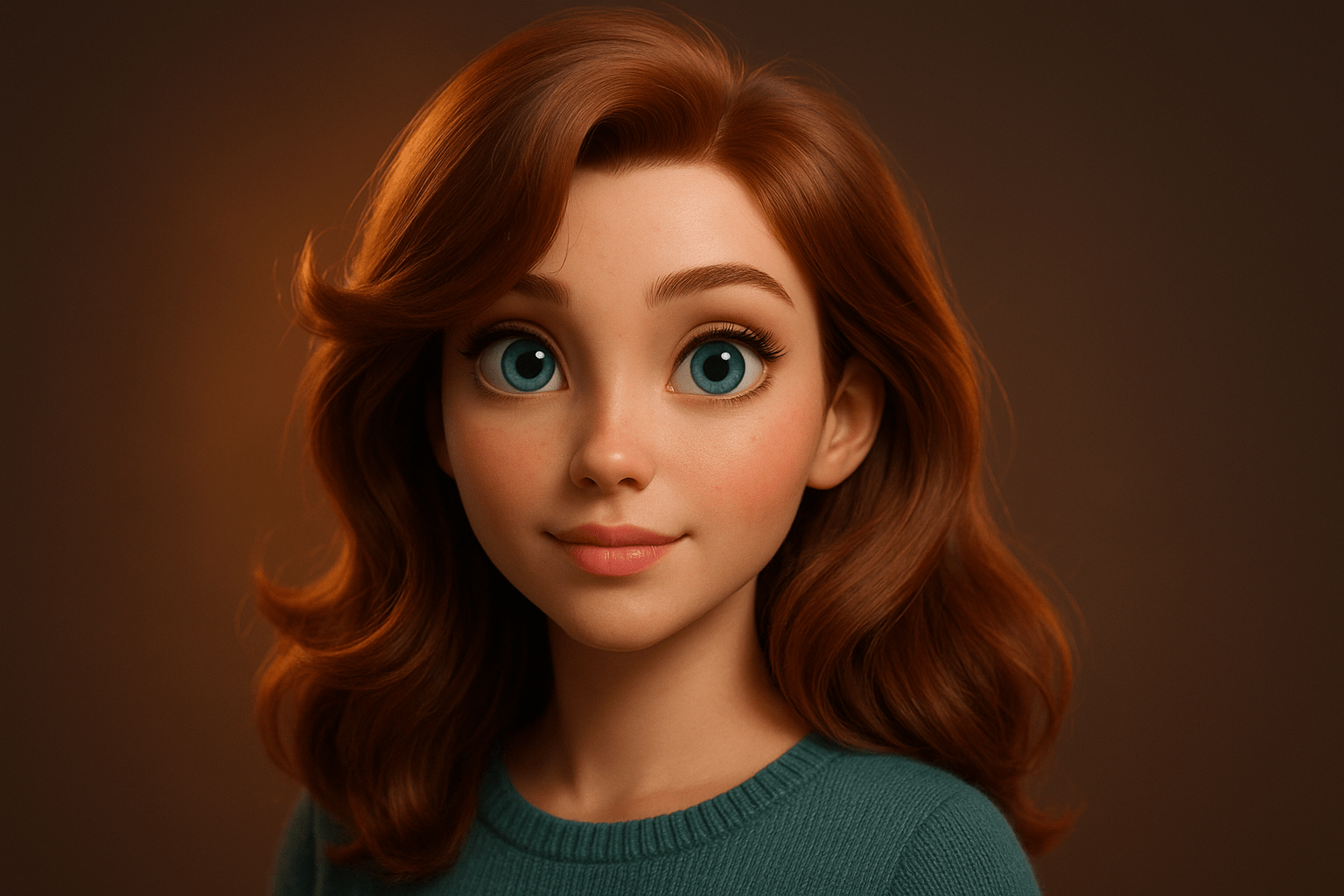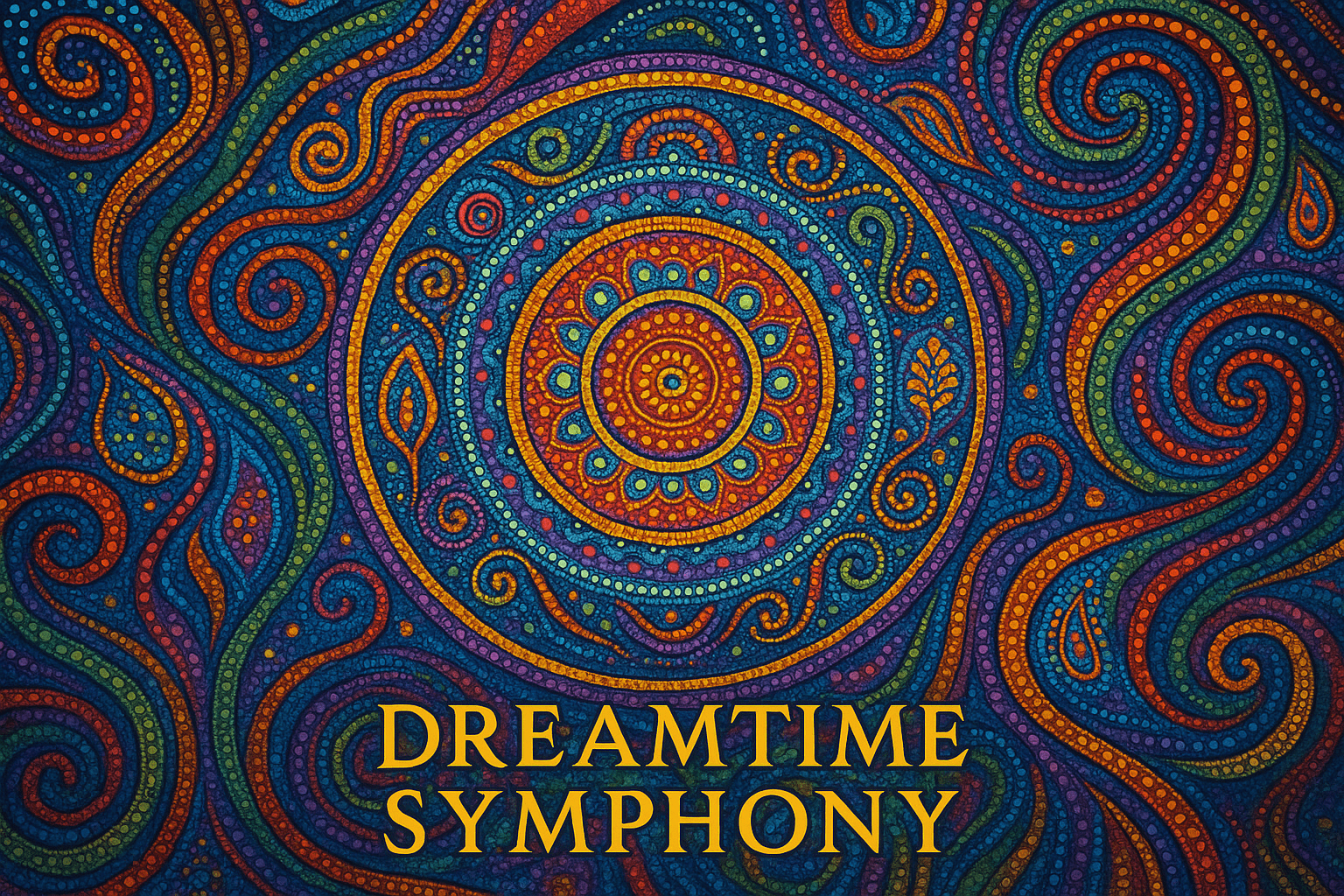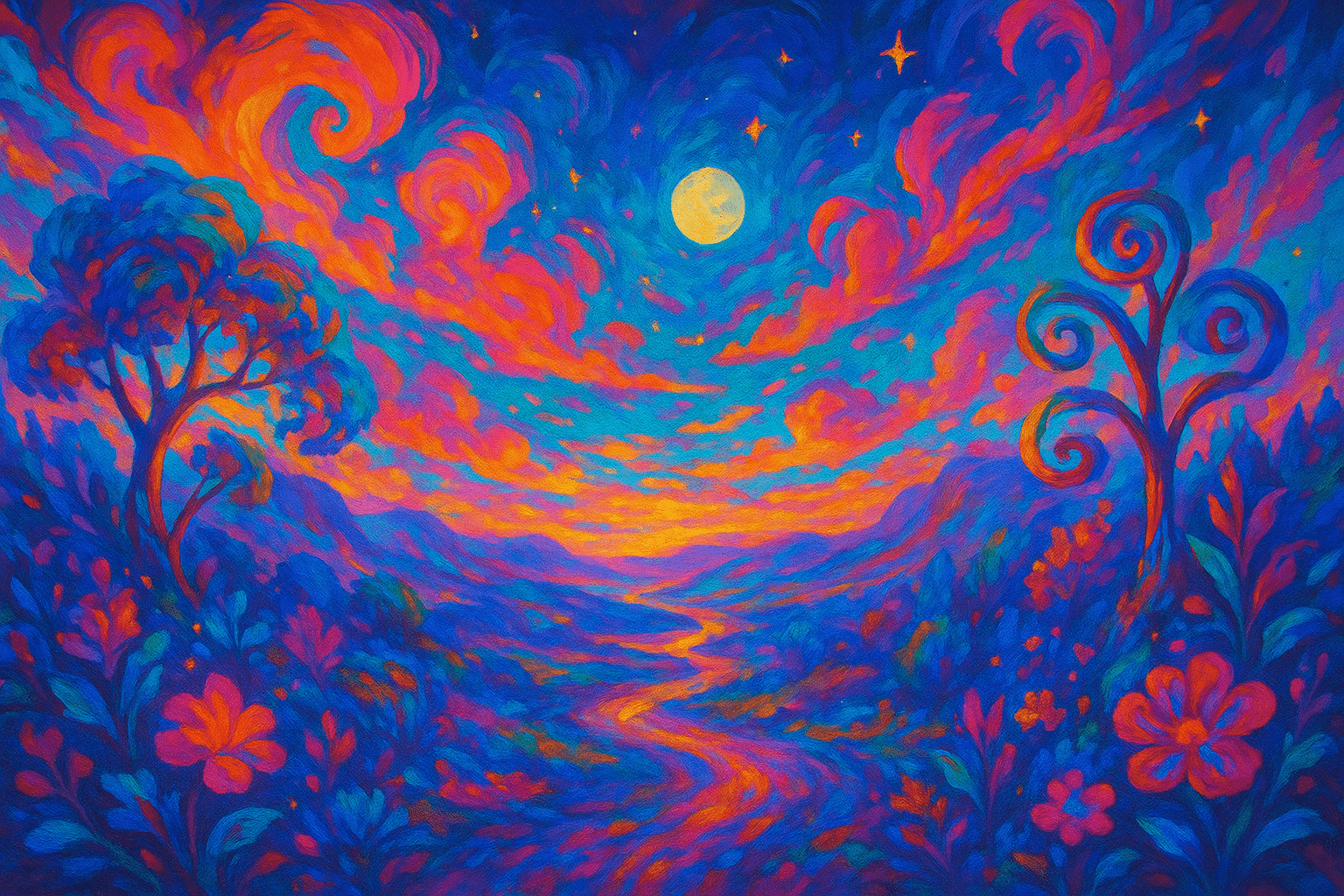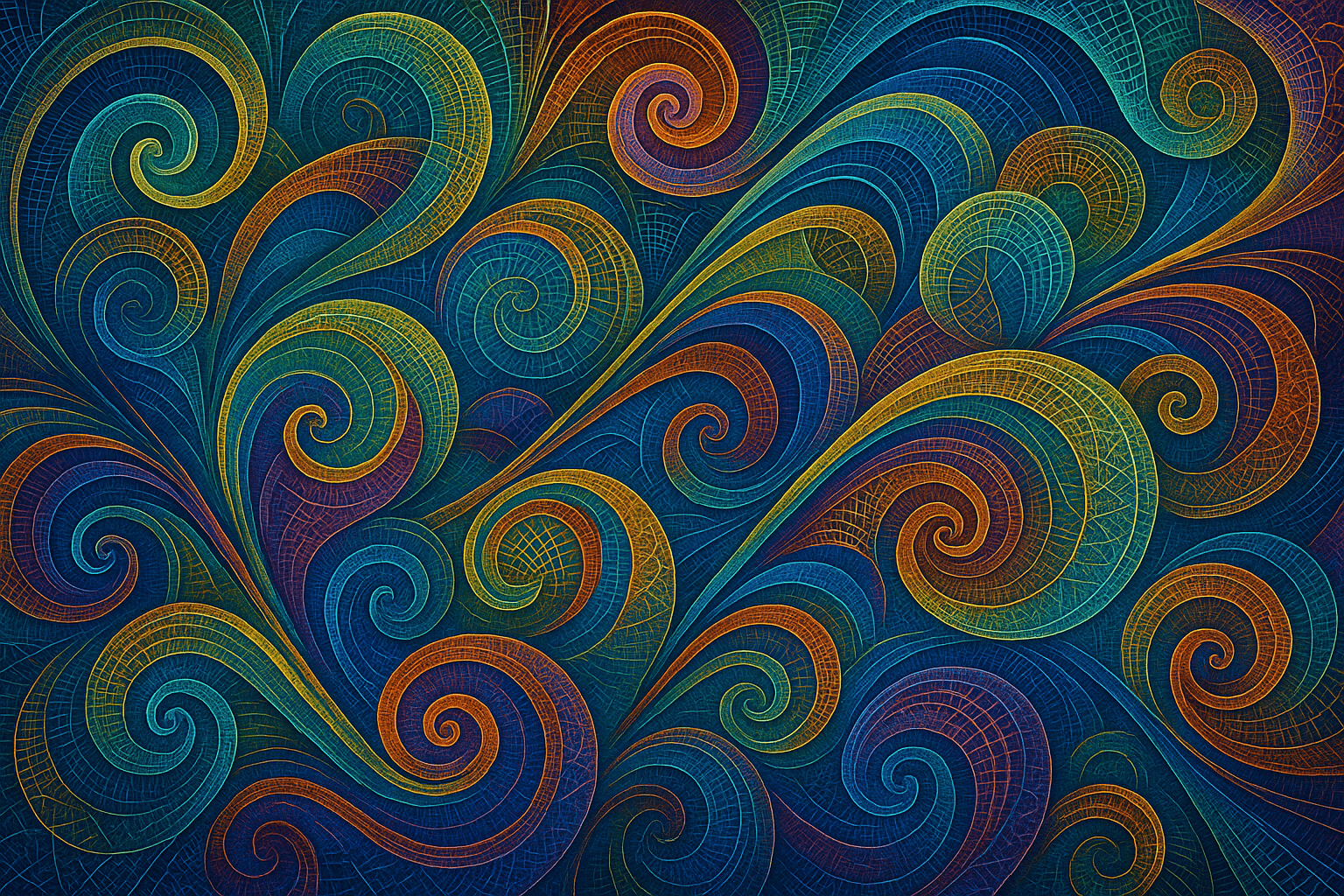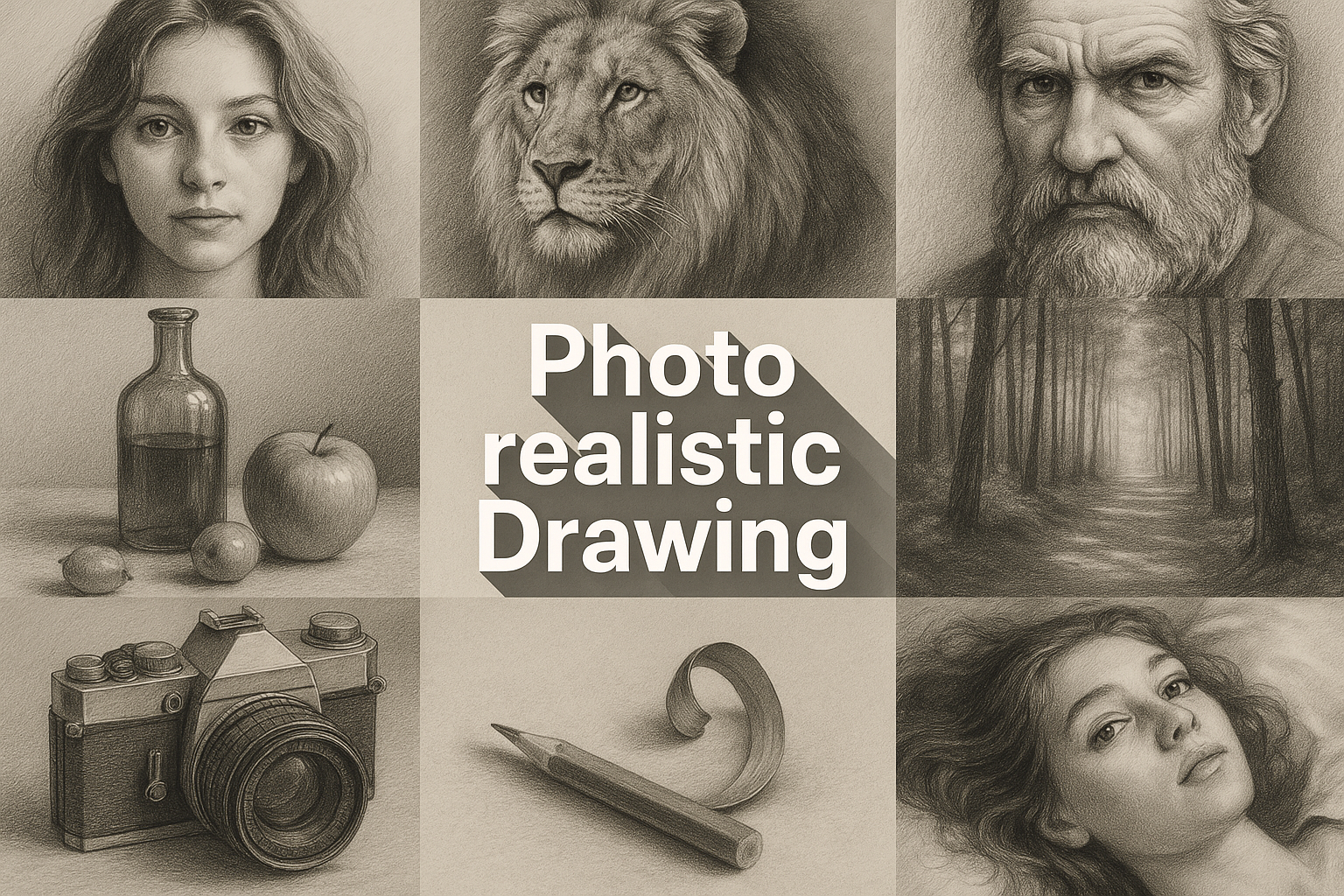
Photo realistic Drawing
The art style is photo realistic and the drawing is of a high quality. The colors are accurate and the lines are sharp.
AOI thinking about Photo realistic Drawing [+_~]-/
Overview and Quickfacts
Photo realistic drawing is a type of art where the artist draws a picture that looks like a photograph. The artist uses different techniques to make the drawing look like a photo, such as shading, lighting, and perspective.
Can understand it also, as:
realistic drawing, lifelike drawing, true-to-life drawing, naturalistic drawing
Categorize it as:
Impressionism, Modernism
.: Dreaming :.
holds a HAIKU for the art style
:. Thought is power .:
Detailed Description
Photo-realism is a genre of painting that encompasses painting styles that attempt to look very realistic like a photograph. The term was coined by Louis K. Meisel in 1969. A leading practitioner of the genre is Chuck Close. Close often paints portraits of himself and others, which are often close-up views of the face. Other artists in the genre include John Baeder, Audrey Flack, and Don Eddy. The style is sometimes called hyper-realism, super-realism, or ultra-realism. It is closely related to the American realist movement of the late 19th century. In Europe, the style has been called new realism, nouvelle realiste, or neue sachlichkeit. Photo-realism is a very difficult genre to achieve. The artists who excel at it have usually had a long career of painting from life, often using photographs as a reference. They have also developed a high level of skill in using a variety of painting techniques to create the illusion of reality. The paintings of Chuck Close are perhaps the most well-known examples of photo-realism. Close often paints large-scale portraits of himself and others, which are often close-up views of the face. His work is characterized by its extreme attention to detail, as well as by the way he often blurs the lines between painting and photography. Other artists who have been associated with the photo-realist movement include John Baeder, Audrey Flack, and Don Eddy.
.. beep, beep, beep ..
<START OF TRANSMISSION>
1. Photo realistic drawing is a type of drawing that aims to look like a photograph. 2. This type of drawing can be achieved through a variety of mediums, including pencil, charcoal, and even digital painting. 3. The level of detail in a photo realistic drawing can be astounding, and often takes many hours or even days to complete. 4. Photo realistic drawings can be used for a variety of purposes, including portraiture, landscape, and still life. 5. Some artists who are well-known for their photo realistic drawings include Chuck Close, Vermeer, and Leonardo da Vinci. 6. The level of difficulty in creating a photo realistic drawing varies depending on the artist's skill level and the chosen subject matter. 7. A photo realistic drawing often begins with a detailed sketch, which is then fleshed out with more detailed line work and shading. 8. The artist may use a variety of reference materials to help create a realistic drawing, such as photographs, real-life objects, or even 3D models. 9. The final drawing is often scanned and edited on a computer, in order to add final touches and achieve the perfect level of detail. 10. Photo realistic drawings can be incredibly lifelike, and often fool viewers into thinking they are looking at a photograph. 11. Some artists use photo realistic drawings as a way to explore and experiment with different techniques and mediums. 12. Photo realistic drawings can be sold as prints, or even used as commercial illustrations. 13. The level of detail in a photo realistic drawing can make it appear very realistic, but it can also make it look very flat and lifeless. 14. To achieve a photo realistic drawing, the artist must have a very good understanding of light and shadow, and how they interact. 15. The artist must also be able to create a drawing that looks three-dimensional, even though it is only two-dimensional. 16. Photo realistic drawings often take a long time to complete, and the artist must be very patient in order to achieve the desired results. 17. Some people believe that photo realistic drawings are not true art, because they are not original creations. 18. Others believe that photo realistic drawings are a valid form of art, because they require a great deal of skill and talent to create. 19. Photo realistic drawings can be very expensive to purchase, depending on the artist and the level of detail involved. 20. Photo realistic drawings are often hung in galleries or sold at art shows, in order to be enjoyed by the general public.
<EOF>
.. robbel bob
Visual Examples from our image gallery
Coming soon, we are so slow .. might never come
Artists, Paintings, and more
(be aware, can be highly speculative)
Artists (be aware, speculation possible):
1. Leonardo da Vinci (1452-1519) 2. Albrecht DÃÂürer (1471-1528) 3. Rembrandt van Rijn (1606-1669) 4. Johannes Vermeer (1632-1675) 5. Joseph Wright of Derby (1734-1797) 6. Jean-Baptiste-Camille Corot (1796-1875) 7. Gustave Courbet (1819-1877) 8. Edouard Manet (1832-1883) 9. Claude Monet (1840-1926) 10. Pierre-Auguste Renoir (1841-1919) 11. Paul CÃÂézanne (1839-1906) 12. Vincent van Gogh (1853-1890) 13. Georges Seurat (1859-1891) 14. Paul Gauguin (1848-1903) 15. Henri de Toulouse-Lautrec (1864-1901) 16. John Singer Sargent (1856-1925) 17. Anders Zorn (1860-1920) 18. James McNeill Whistler (1834-1903) 19. Winslow Homer (1836-1910) 20. Edward Hopper (1882-1967) 21. Andrew Wyeth (1917-2009) 22. Richard Diebenkorn (1922-1993) 23. Chuck Close (1940-) 24. John Baldessari (1931-) 25. Gerhard Richter (1932-) 26. Cindy Sherman (1954-) 27. Jeff Koons (1955-) 28. Damien Hirst (1965-) 29. Banksy (1974-) 30. JR (1983-)
Artworks (be aware, speculation possible)
1. American Gothic (Grant Wood, 1930) 2. The Hay Wagon (Andrew Wyeth, 1945) 3. Christina’s World (Andrew Wyeth, 1948) 4. The Madonna and Child (Sandro Botticelli, c. 1490) 5. The Birth of Venus (Sandro Botticelli, c. 1485) 6. The Last Supper (Leonardo da Vinci, c. 1495) 7. Mona Lisa (Leonardo da Vinci, c. 1503-1506) 8. The Starry Night (Vincent van Gogh, 1889) 9. The Scream (Edvard Munch, 1893) 10. Guernica (Pablo Picasso, 1937) 11. The Persistence of Memory (Salvador Dali, 1931) 12. Nighthawks (Edward Hopper, 1942) 13. Breakfast in Bed (Edward Hopper, 1918) 14. Girl with a Pearl Earring (Johannes Vermeer, c. 1665) 15. The Milkmaid (Johannes Vermeer, c. 1658) 16. A Sunday Afternoon on the Island of La Grande Jatte (Georges Seurat, 1884-1886) 17. The Haystacks (Claude Monet, 1890-1891) 18. The Water Lilies (Claude Monet, 1899) 19. The Luncheon of the Boating Party (Pierre-Auguste Renoir, 1881) 20. Bal du moulin de la Galette (Pierre-Auguste Renoir, 1876) 21. Olympia (Edouard Manet, 1863) 22. The Absinthe Drinker (Edouard Manet, c. 1859) 23. The Gleaners (Jean-Francois Millet, 1857) 24. The Sower (Jean-Francois Millet, 1850) 25. The Third of May 1808 (Francisco Goya, 1814) 26. The Colossus (Francisco Goya, c. 1797-1798) 27. The Hay Wagon (Andrew Wyeth, 1945) 28. Christina’s World (Andrew Wyeth, 1948) 29. The Madonna and Child (Sandro Botticelli, c. 1490) 30. The Birth of Venus (Sandro Botticelli, c. 1485)
Epoch
The time period of the art style Photo realistic Drawing is the late 20th century.
AI ART RESSOURCES (AKA, well Tools)
Helping tools -> predefined search links on other pages:







